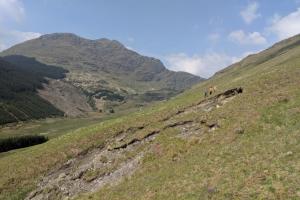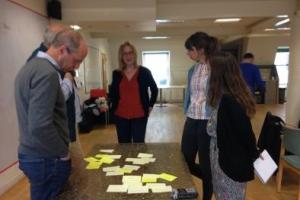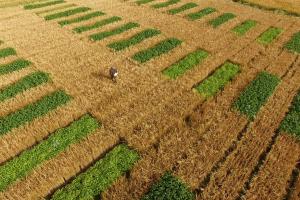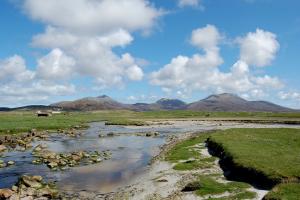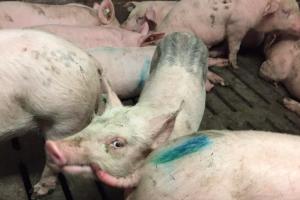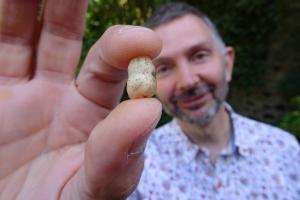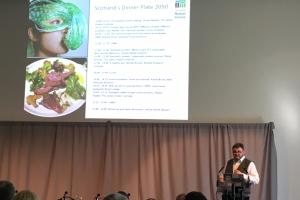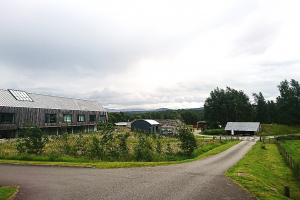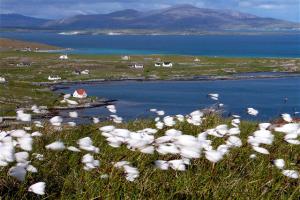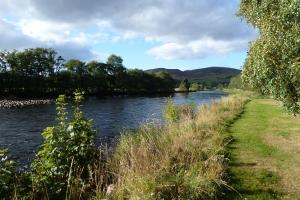3 Jun 2020
Not all roots are equal – so what?
Soil is, and always will be, a very valuable resource. Soil is critical for food production and regulating several services to the wider environment, such as flood regulation and storing carbon.
18 May 2020
The Islands (Scotland) Act 2018: Evidence needs for improving outcomes for Scotland’s island communities
The Islands (Scotland) Act 2018 introduced several measures to ensure that there is a sustained focus across the Scottish Government and the public sector to meet the needs of island communities, now and in future.
14 May 2020
Pigs and Poultry Optimising Production
With support from the SEFARI Gateway Responsive Opportunity Fund, Moredun Research Institute (MRI) and Scotland’s Rural College (SRUC) jointly organized and hosted an
5 May 2020
How can technology help ensure authenticity, provenance and traceability in Scottish Food Products?
The following case study summarises work delivered as part of a SEFARI Fellowship with Scotland Food and Drink (SFD) undertaken during 2019 to ascertain the current state of play regarding the technologies best suited to authenticity, provenance and traceability strategies.
7 Apr 2020
How can we safeguard biodiversity through values and governance?
Despite many initiatives to safeguard biodiversity, recent analyses and reports show that biodiversity continues to decline at the global level.
1 Apr 2020
Diversity in the Mix: The benefits of biodiversity for sustainable crop production
We are currently facing three major global challenges: climate change, biodiversity loss and the development of sustainable food production systems. Ideal solutions to these challenges would be ones that deliver win-wins, addressing at least two of these simultaneously.
6 Mar 2020
Environmental Indicators: Nature Showing Us the Bigger Picture
The Scottish Government is currently responding to a multitude of grand and complex environmental challenges, such as biodiversity loss and climate change. But how do we know if these responses, or the money spent on delivering them, are having the desired effect?
2 Mar 2020
Peatbog restoration in Scotland – How to care for Cinderella
In this project we looked at what makes people care about peatland restoration. Peatbogs are important because of their ability to store carbon, regulate water flows and provide a home for rare species of plants and animals. Nevertheless, peatbogs are often described as a hard-to-love ‘Cinderella habitat’.
25 Feb 2020
Reflecting on Islands Revival and Introducing Research on the Edge
2019 was an important year for Scotland's islands, with the development of The National Islands Plan, an increased focus on repopulation, and concern abou
7 Feb 2020
Tail biting in pigs: developing a machine vision early warning system for farmers
Tail biting affects growing pigs in Scotland and around the world and has no simple solution. It begins in a sudden and unpredictable way, then spreads through a group.
22 Jan 2020
Connecting research and management needs for the Cairngorms National Park
The following case study summarises work delivered as part of a recent SEFARI Fellowship with the Cairngorms National Park Authority (CNPA).
10 Dec 2019
Protecting Potatoes - Scotland's Story
Since the emergence of late blight (Phytophthora infestans) in the 1840s this disease has presented a major challenge to the potato industry, with annual losses estimated to be £55 million in the UK.
4 Nov 2019
A Test is Best: A New Sheep Scab Blood Test Helps Control Disease on the Isle of Mull & Iona
Sheep scab is a highly contagious disease caused by infestation with the mite Psoroptes ovis. It is endemic in the UK, notifiable in Scotland and has significant economic and welfare impacts.
31 Oct 2019
Scotland’s Dinner Plate 2050
Leading industry and SEFARI science representatives from Scotland’s food, drink and agricultural sectors came together to discuss and speculate what Scotland’s dinner plate may look like in 2050.
27 Aug 2019
Infrared Spectroscopy – Helping to Protect Scotland’s Soils
Infrared (IR) Spectroscopy is a versatile analytical technique that can characterise a wide variety of different sample types e.g. from drugs and plastics to soil and minerals.
30 Jul 2019
Exploring the Gender Pay Gap in Rural Scotland
This scoping study explored the extent of the gender pay gap in rural Scotland, how it has changed over recent years, and potential reasons that might explain its extent and fluctuations over time.
19 Jul 2019
The Impact of Change on Rural Businesses
Through a series of Rural Business Surveys, our research is developing a better understanding of the characteristics, contributions and aspirations of rural businesses across the South and North-East of Scotland.
12 Jun 2019
Is the demographic tide turning for some Island Communities?
In recent months population trends in remote and Sparsely Populated Areas (SPA) of Scotland have become a political issue, not least due to fears about the likely impact of post-Brexit migration policy.
3 Jun 2019
Barbervax®: giving blood-sucking parasitic worms a taste of their own medicine
This case study is part of a series focusing on the importance of sustained funding for fundamental and strategic research. The first in this series summarises the research behind Barbervax®: a vaccine for the Barber’s Pole Worm, Haemonchus contortus.
21 May 2019
Long-term warming of the River Spey
River temperature influences biogeochemical processes and aquatic ecology. Sustaining cool river temperatures in Scotland is essential for aquatic ecology (including the habitat and health of Atlantic salmon (Salmo Salar) and brown trout (Salmo trutta).
